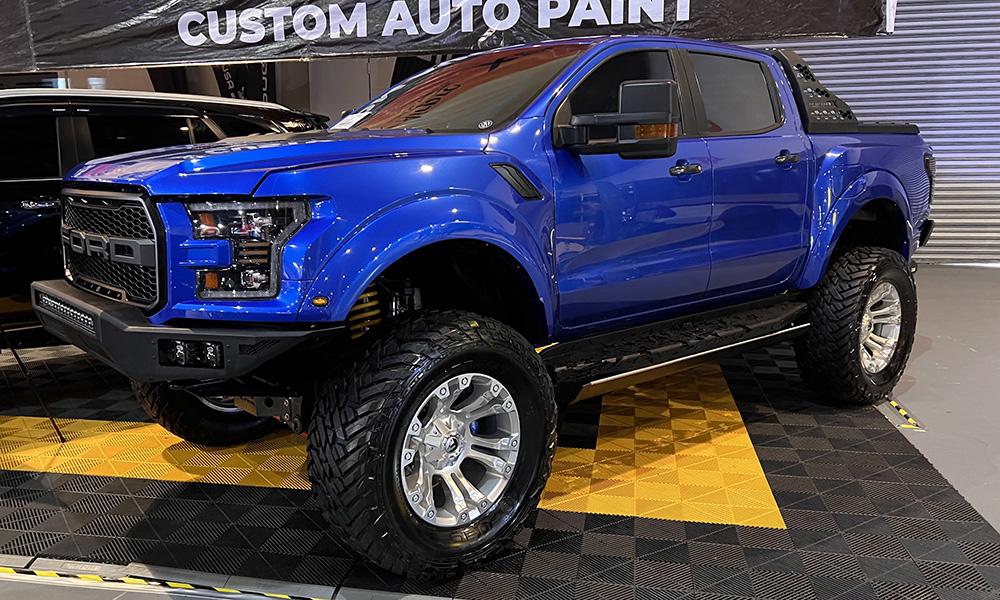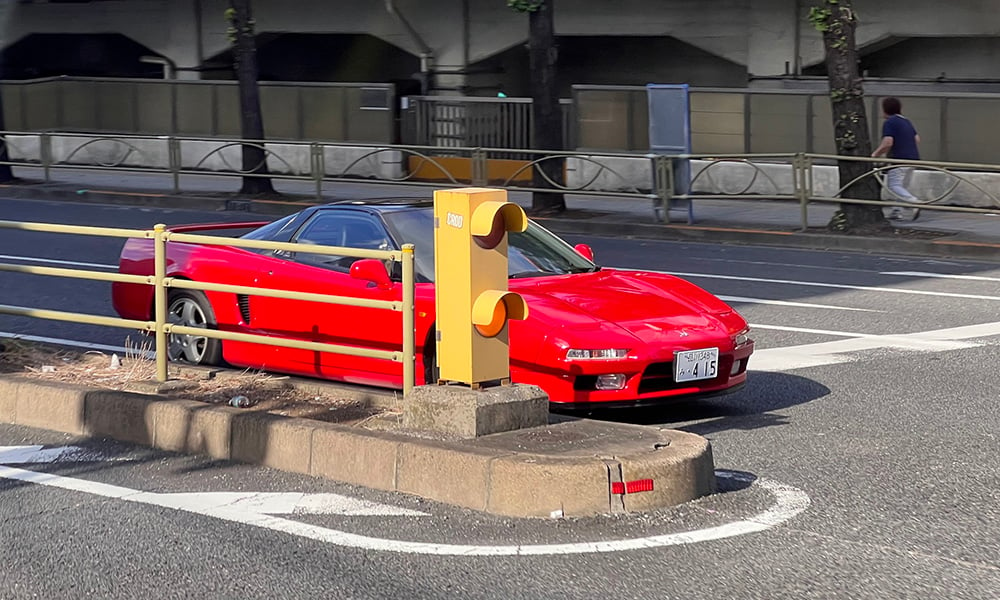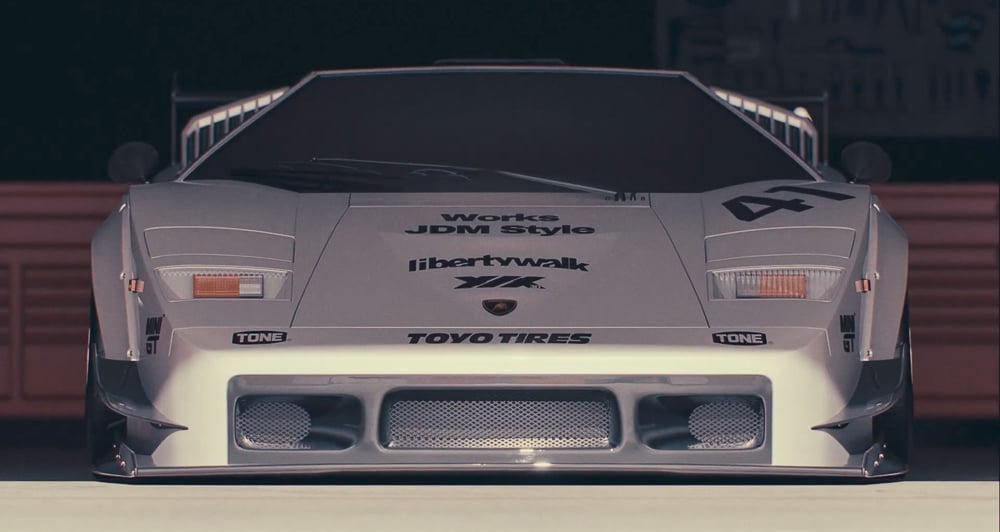
Getting hit by a car is never a good thing, but certain types of vehicles have a better chance of ruining a pedestrian’s day than others. A new study has now examined the role of front-end vehicle height on pedestrian death risk, and the conclusion seems to be that small changes in car design could make a huge difference.
Many people think that driving a bigger car is safer, but the question is: For whom? Past research concluded that larger vehicles are safer for the people driving them but create more dangerous road conditions as a whole.
Researchers at the University of California estimated that for every life saved by someone switching to a light truck from a normal car, 4.3 people are killed among other road users such as pedestrians, cyclists, and those unlucky enough to be behind the wheel of smaller vehicles.


Other studies also took into account vehicle weight, concluding that a 100kg increase in the weight of a vehicle can increase the risk of death for anyone struck by it by between 10% and 14%. These are not pretty statistics, and should really make designers rethink the current trend toward ever bigger and ever heavier machines.
This latest study now takes a closer look at the role that the front of a vehicle plays in collisions with squishy humans, and particularly if the trend of having ever taller grilles and bumpers is making trucks deadlier.
The research—carried out by Justin Tyndall, an assistant professor of Economics at the University of Hawai’i at Mānoa—looked at thousands of vehicle-versus-pedestrian crashes in the USA. Its conclusion estimates that a 10cm increase in the vehicle’s front-end height is associated with a 22% increase in fatality risk.
Or in simple terms: The taller the front of the car is, the deadlier it is for pedestrians. The study also estimates that capping the front-end vehicle height at 1.25m would reduce annual pedestrian deaths in the US alone by 509.

The reason seems to be quite obvious: Having a 2.5-ton metal object directly hit you in the chest is more likely to kill you than being swept off your feet by a lower car and deposited on its hood. Both crashes will hurt, but getting your legs broken is probably preferable to having your teeth and ribs rearranged by the front grille of a pickup truck or an SUV.
While the study did use US data and vehicles as its basis, one look at our roads will tell you that we likely have a similar problem here.
Cars keep getting bigger and taller. Just look at giants like the Nissan Patrol or the Lexus LX. You really wouldn’t want to step into the path of one of those, or any of the other huge SUVs roaming our highways.

Combined with a continued disregard for pedestrians, this has disaster written all over it. The solution is simple: Make car design more pedestrian-friendly, which means ending the silly arms race to make these manhood extensions ever bigger and more imposing.
One statistic alone should give SUV designers sleepless nights: In the US, the number of pedestrians killed in crashes has risen by 72% between 2010 and 2021, from 4,300 to 7,400.
I would not be surprised if statistics in the Philippines show a similar trend. So, until carmakers return to the world of normality, why not consider a slightly less deadly car as your next ride?











Comments